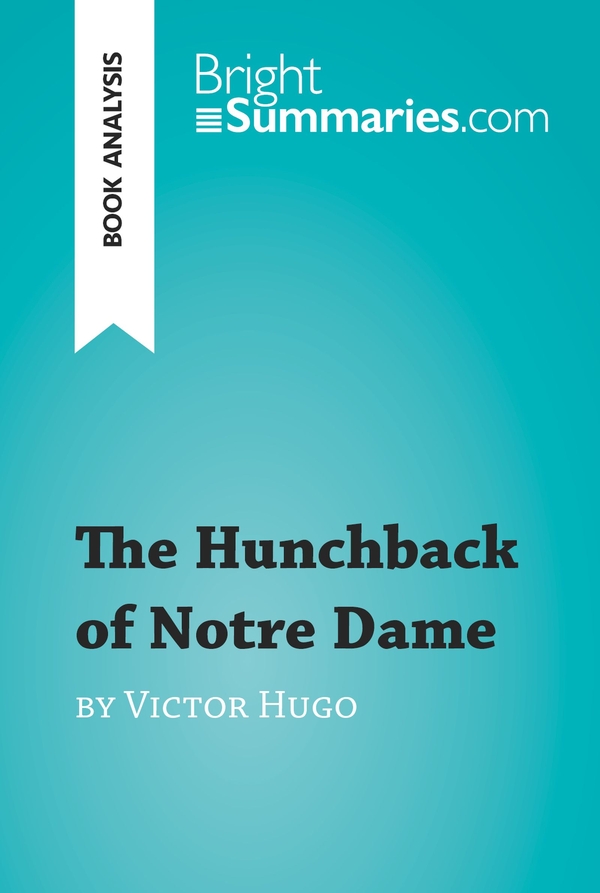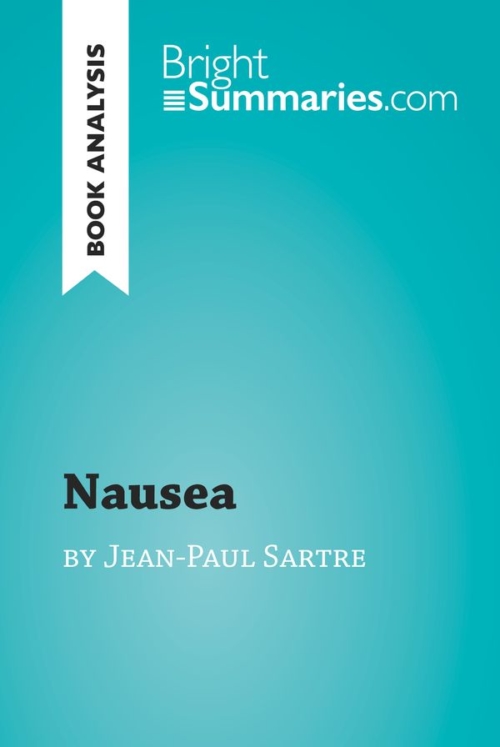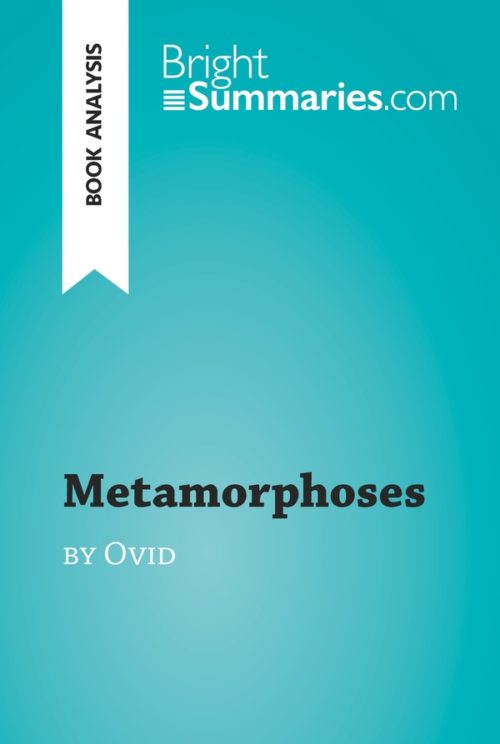The Hunchback of Notre Dame by Victor Hugo (Book Analysis)
The Hunchback of Notre Dame by Victor Hugo (Book Analysis)
Detailed Summary, Analysis and Reading Guide
Read more
This practical and insightful reading guide offers a complete summary and analysis of The Hunchback of Notre Dame by Victor Hugo. It provides a thorough exploration of the novel’s plot, characters and main themes, including architecture, fatality and history. The clear and concise style makes for easy understanding, providing the perfect opportunity to improve your literary knowledge in no time.
This clear and detailed 27-page reading guide is structured as follows:
- Biography of Victor Hugo
- Presentation of The Hunchback of Notre Dame
- Summary of The Hunchback of Notre Dame
- Character study
- Quasimodo
- Claude Frollo
- Phoebus de Châteaupers
- Esmeralda
- Secondary characters
- Analysis of The Hunchback of Notre Dame
- A defence of gothic architecture
- A philosophy of history
- A novel about fatality
- Hugo’s style
- The myth of The Hunchback of Notre Dame
About The Hunchback of Notre Dame
The Hunchback of Notre Dame was first published in 1834, although it is set in the 15th century. It tells the story of a love triangle centered on Esmeralda, a beautiful Roma girl. Through the novel, Hugo also aims to emphasize the value of Gothic architecture, which at the time was often disregarded in favor of new styles of buildings. This importance placed on architecture can be seen from the lengthy descriptions scattered throughout the book.
In spite of some harsh criticism regarding the book’s melodramatic style, The Hunchback of Notre Dame was still an incredible success. It has been translated into many languages and adapted on numerous occasions, while the name “Quasimodo” is now widely understood as “a courageous heart beneath a grotesque exterior”.
About Victor Hugo
Victor Hugo was born in 1802 and died in 1885. He was one of the most significant figures of French Romanticism. Throughout his life, he made many important contributions to society, both with his literature and with his political actions; he fought for the abolition of the death penalty.
Product details
| ISBN | 9782806281081 |
|---|---|
| Publisher | Plurilingua Publishing |
| Collection | BrightSummaries.com |
| Format | |
| Pages | 28 |
| File size | 1.4 MB |







